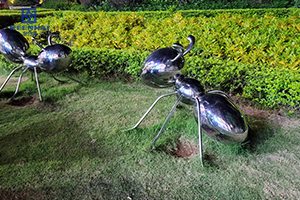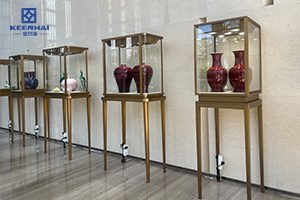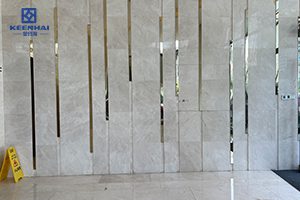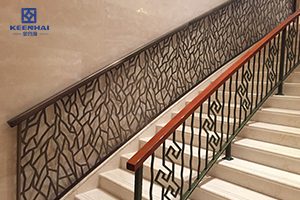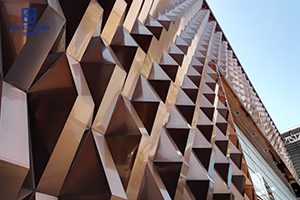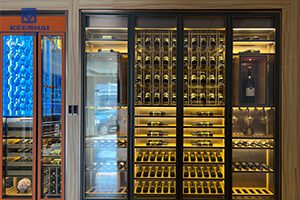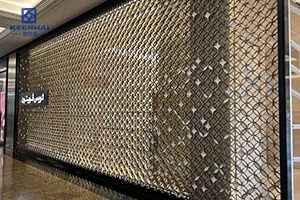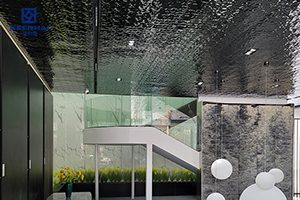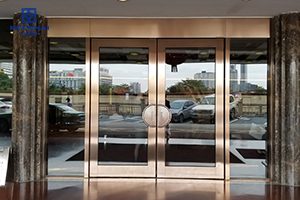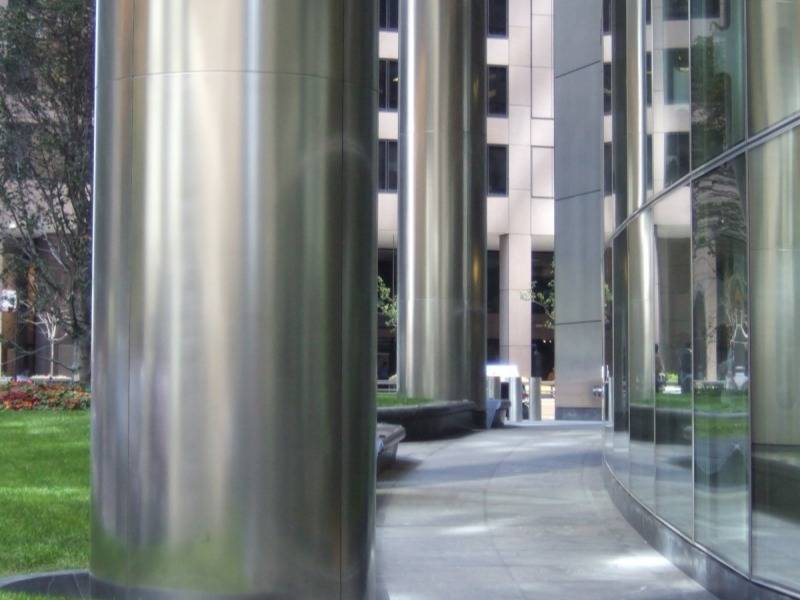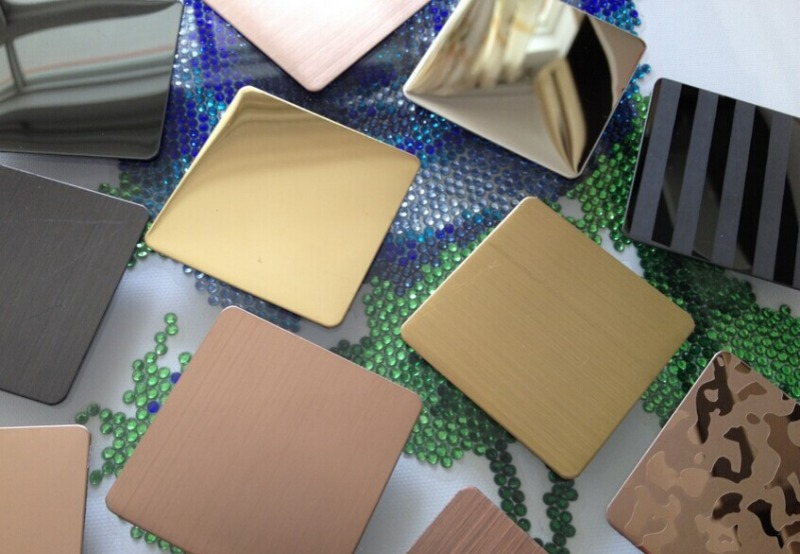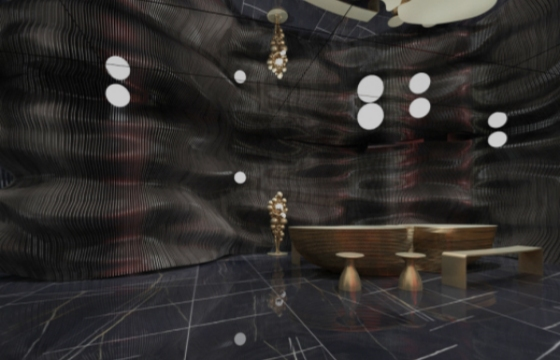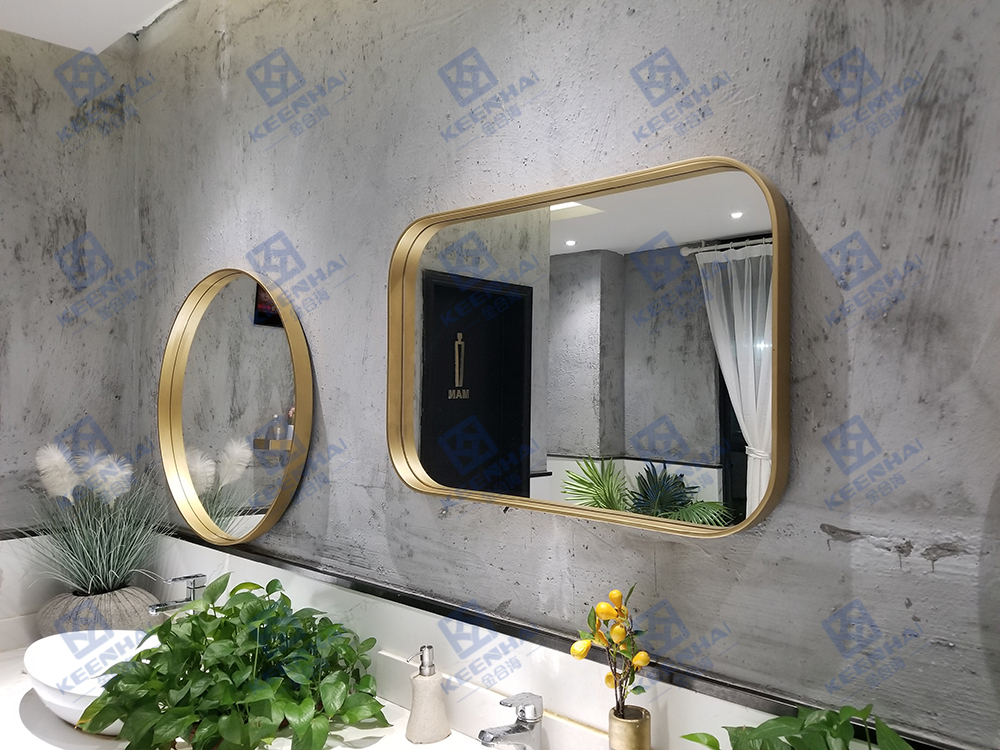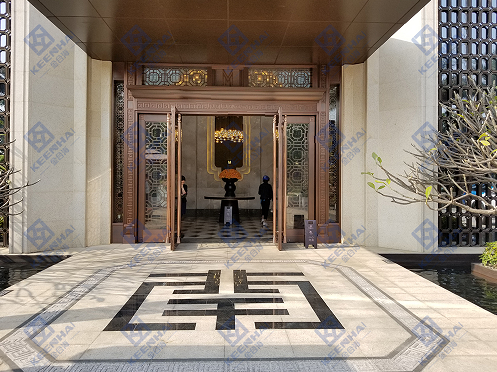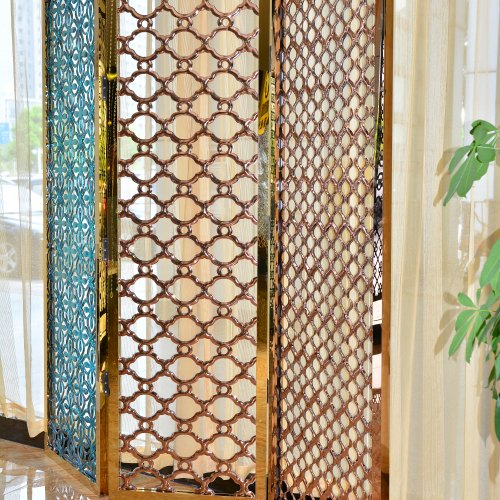Stainless Steel Metal Handrails
- Overview of Modern Architecture Modern architecture emphasizes clean lines, functional design, and the use of materials that are both sustainable and aesthetically pleasing. Stainless steel has emerged as one of the most sought-after materials for architectural elements, including handrails. Its versatility, durability, and sleek appearance make it a perfect match for contemporary spaces, whether residential, commercial, or public. As buildings become more design-centric, stainless steel handrails are increasingly seen as a practical and stylish solution.
- Importance of Handrails Handrails are not just functional; they are a critical part of the design and safety infrastructure in any building. In modern architecture, handrails are not simply for support, but also for enhancing the visual appeal of a space. Stainless steel handrails, with their blend of durability and design flexibility, serve both these purposes—providing safety while contributing to the building’s modern aesthetic.
Ketahanan dan Awet Muda
- Resistance to Corrosion Stainless steel is renowned for its resistance to rust and corrosion. Unlike materials like iron, which rust over time when exposed to moisture, stainless steel maintains its integrity even in high-humidity environments such as coastal areas or bathrooms. The material forms a passive oxide layer that protects it from corrosion, ensuring that the handrails will not deteriorate, even in challenging conditions. In comparison, materials like wood or iron require regular maintenance and may still show signs of wear.
- Longevity of Stainless Steel Handrails Stainless steel handrails have a remarkable lifespan. They do not warp, crack, or become brittle like wood or other materials. With proper installation and minimal maintenance, stainless steel handrails can last for decades, maintaining their structural integrity and appearance. In contrast, wooden or vinyl handrails may need to be replaced or repaired periodically due to wear and exposure to the elements.
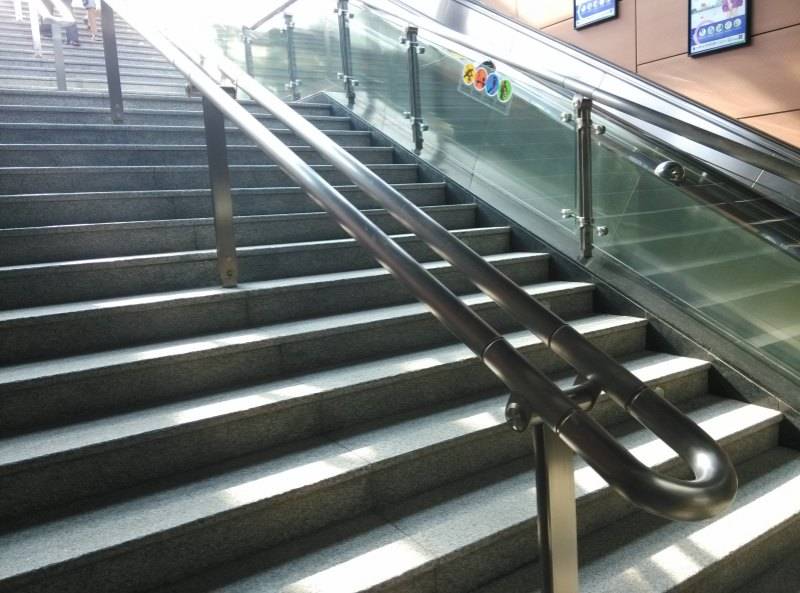
Aesthetic Appeal and Design Flexibility
- Modern and Sleek Design One of the primary reasons architects and designers choose stainless steel is its sleek, modern look. Stainless steel handrails add a minimalist, industrial appeal that blends well with a variety of architectural styles, from ultra-modern urban apartments to commercial buildings and public spaces. The clean, reflective surface of stainless steel brings a high-end feel to any space, making it a desirable feature for any project.
- Customization Options Stainless steel handrails are incredibly customizable. They can be manufactured in different finishes such as brushed, polished, or matte, each of which offers a distinct visual effect. Furthermore, stainless steel handrails can be shaped and sized to meet specific design requirements. Whether you want curved handrails, minimalist straight lines, or ornamental patterns, stainless steel can accommodate a range of design preferences and needs.
- Complementing Different Architectural Elements Stainless steel handrails are designed to work in harmony with a variety of other materials. Whether your building incorporates glass, wood, stone, or metal, stainless steel seamlessly complements these elements. For instance, stainless steel handrails paired with glass panels create an open, airy feel that allows unobstructed views, while wood handrails provide a softer, more organic touch to a modern design. This adaptability makes stainless steel the perfect choice for any architectural concept.
Safety and Strength
- Enhanced Structural Integrity Metal is incredibly strong, which makes it an excellent material for handrails. Its ability to support weight and endure pressure ensures that it meets safety codes and regulations. Whether used in staircases, balconies, or ramps, metal handrails provide both structural support and security. The material’s resistance to bending, warping, or breaking means that it provides reliable safety over time, making it a top choice for both residential and commercial properties.
- Resistant to Wear and Tear Metal handrails are highly resistant to physical damage. Unlike wood or iron handrails, which can easily be scratched, dented, or cracked, metal handrails maintain their smooth surface even in high-traffic areas. This makes them ideal for public buildings, office spaces, and homes where the handrails may experience heavy usage. Additionally, metal does not splinter, making it a safer option for families with children or elderly residents.
Penyelenggaraan Rendah
- Ease of Maintenance Metal handrails require very little upkeep. A simple cleaning with mild soap and water is sufficient to keep them looking fresh and shiny. In contrast, wooden handrails may require periodic sanding, painting, or sealing to prevent decay and discoloration. Metal handrails’ smooth surface resists dirt, grime, and fingerprints, making them much easier to maintain.
- Non-porous Surface One of the advantages of metal, especially stainless steel, is its non-porous surface, which means that it doesn’t absorb moisture, dirt, or germs. This makes metal handrails a hygienic choice, particularly for spaces like hospitals, schools, and restaurants where cleanliness is paramount. The smooth surface is also resistant to mildew and mold, which can affect wood or other materials over time.
- No Need for Frequent Repair or Replacement Due to their durability and strength, metal handrails do not need to be replaced or repaired as often as other materials. In commercial settings, where handrails may be subject to high traffic and wear, this reduces long-term costs. Unlike wood or iron, which may require frequent attention, metal handrails offer a low-maintenance, cost-effective solution over time.
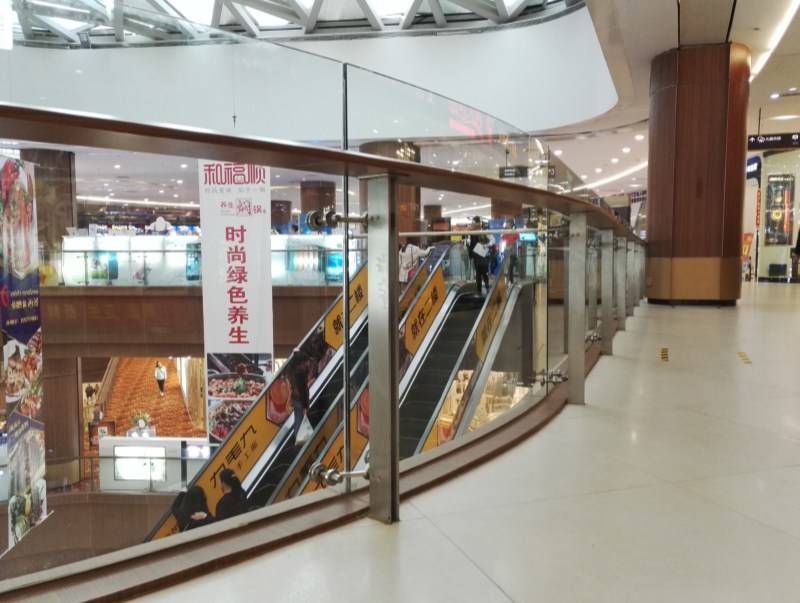
Environmental Benefits
- Recyclability and Sustainability Metal, particularly stainless steel, is 100% recyclable, meaning it can be repurposed without degrading its quality. This makes it an environmentally friendly choice for building projects. Unlike materials that end up in landfills, metal can be melted down and reused indefinitely, reducing waste and conserving resources. Opting for metal handrails supports sustainable architecture practices and contributes to green building initiatives.
- Longevity and Reduced Waste The longevity of metal handrails further reduces their environmental impact. Since they do not need to be replaced as often as other materials, fewer resources are consumed over time. The durability of metal means that replacements are less frequent, reducing the overall waste generated by construction projects and contributing to a more sustainable built environment.
Cost-Effectiveness
- Initial Investment vs. Long-Term Savings While metal handrails may have a higher initial cost compared to materials like wood or vinyl, they provide significant long-term savings. Their durability, low maintenance requirements, and long lifespan make them more cost-effective over time. The need for fewer repairs and replacements offsets the initial investment, making metal handrails a smart choice for both residential and commercial properties.
- Value Addition to Properties Metal handrails add value to a property, both in terms of aesthetic appeal and durability. Potential buyers or tenants are often drawn to the modern, high-quality appearance of metal, which can increase the resale or rental value of a property. Additionally, the low maintenance and long-term cost savings can be a selling point for commercial properties looking to appeal to high-end clients or tenants.
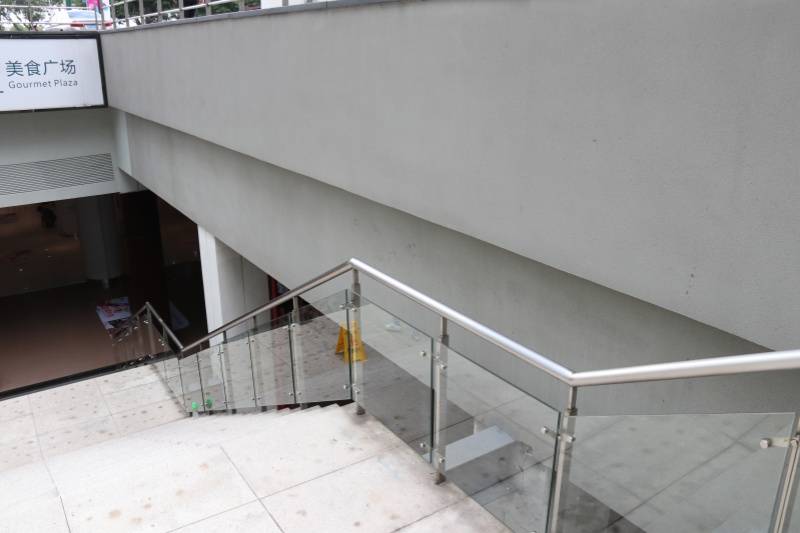
Applications in Different Settings
- Penggunaan Kediaman Metal handrails are increasingly popular in modern homes. Whether for staircases, balconies, or patios, they provide both safety and style. Their sleek, contemporary look complements a variety of home designs, from minimalist apartments to larger estates. Their durability makes them ideal for families, as they can withstand wear and tear without losing their visual appeal.
- Commercial Use Metal handrails are a top choice for commercial buildings such as offices, shopping malls, hotels, and airports. In these high-traffic areas, the need for strong, durable, and low-maintenance handrails is paramount. Metal handrails provide the ideal solution, offering both security and aesthetics. Their ability to withstand high foot traffic without showing signs of damage makes them the material of choice for commercial projects.
- Public and Outdoor Spaces Metal handrails are commonly used in public spaces such as parks, bridges, and transport stations. In these areas, handrails need to be robust enough to handle both the elements and high levels of public interaction. Metal’s resistance to corrosion and wear makes it ideal for outdoor applications, where exposure to rain, sun, and dirt is inevitable.
Kesimpulan
Metal handrails offer a combination of durability, aesthetic appeal, safety, low maintenance, and sustainability that makes them an excellent choice for modern architecture. Their ability to resist corrosion and wear, along with their sleek design, ensures that they will stand the test of time and continue to enhance the value of any property. Whether for residential, commercial, or public use, metal handrails provide both functionality and style, making them a wise investment for any building project.
hubungi kami
Anda boleh melawat kami laman web untuk maklumat lanjut atau lihat halaman Facebook kami untuk kemas kini terkini dan sorotan projek. Jika anda mempunyai sebarang pertanyaan atau pertanyaan kerjasama, sila hubungi kami, dan kami berbesar hati untuk membantu anda!

